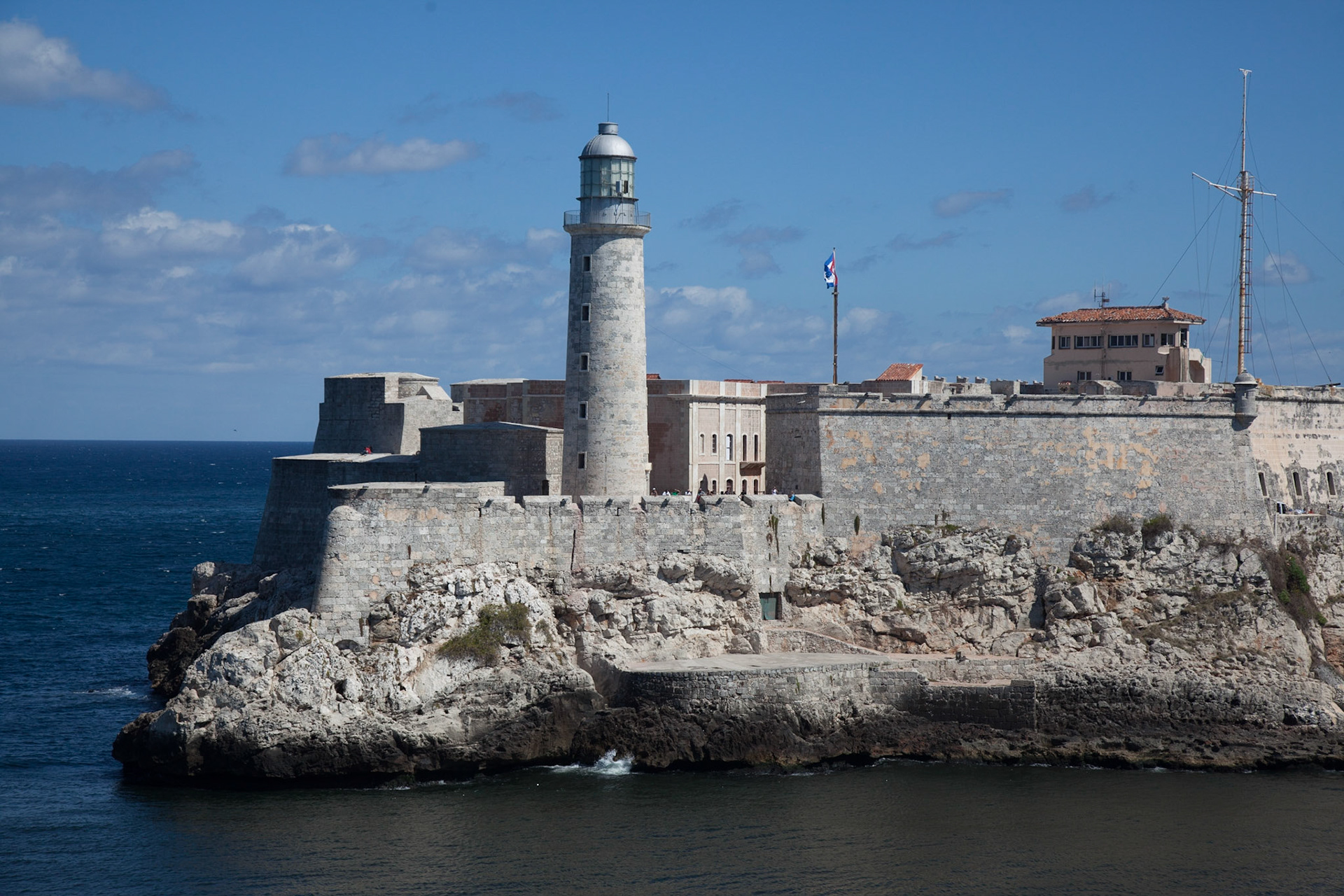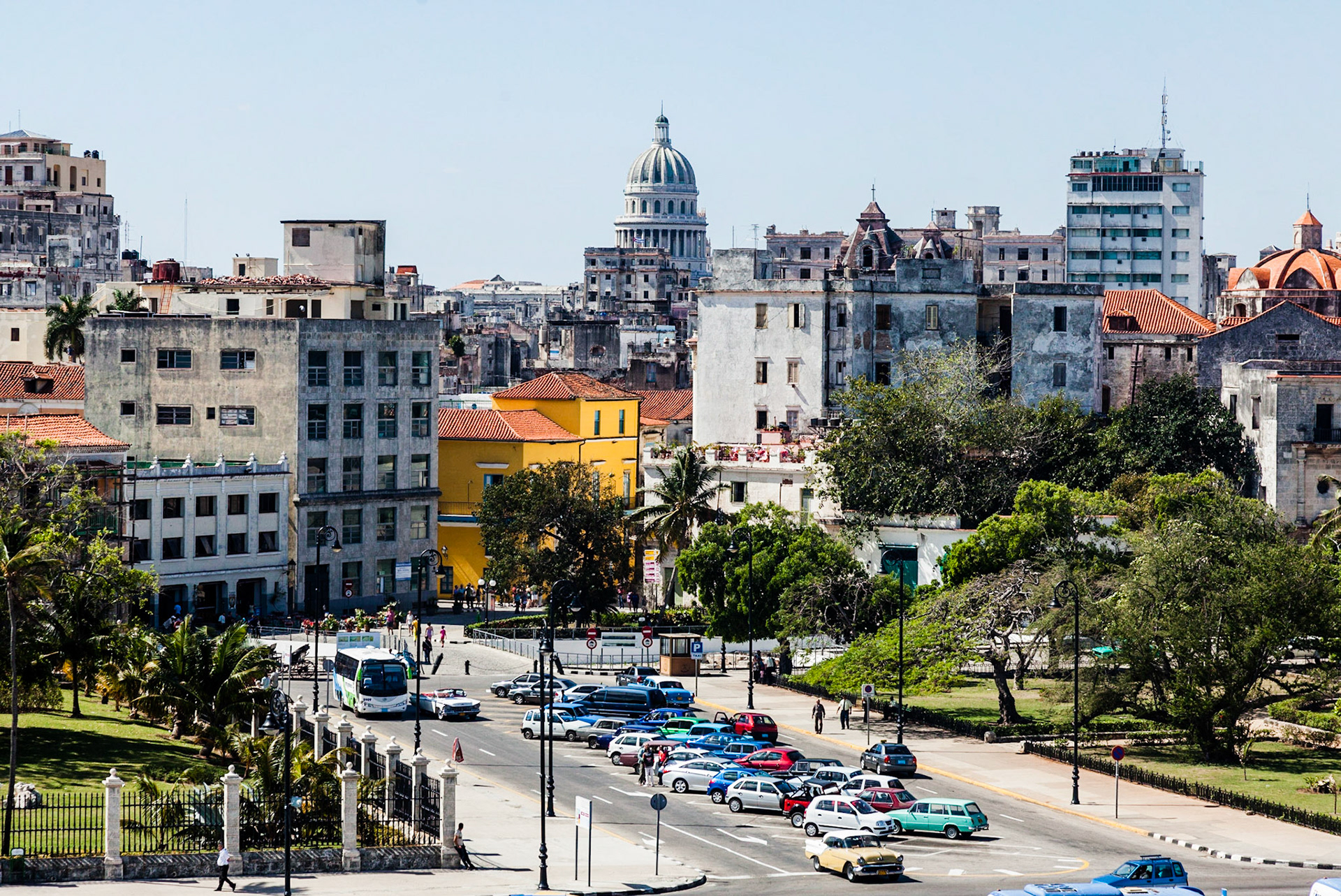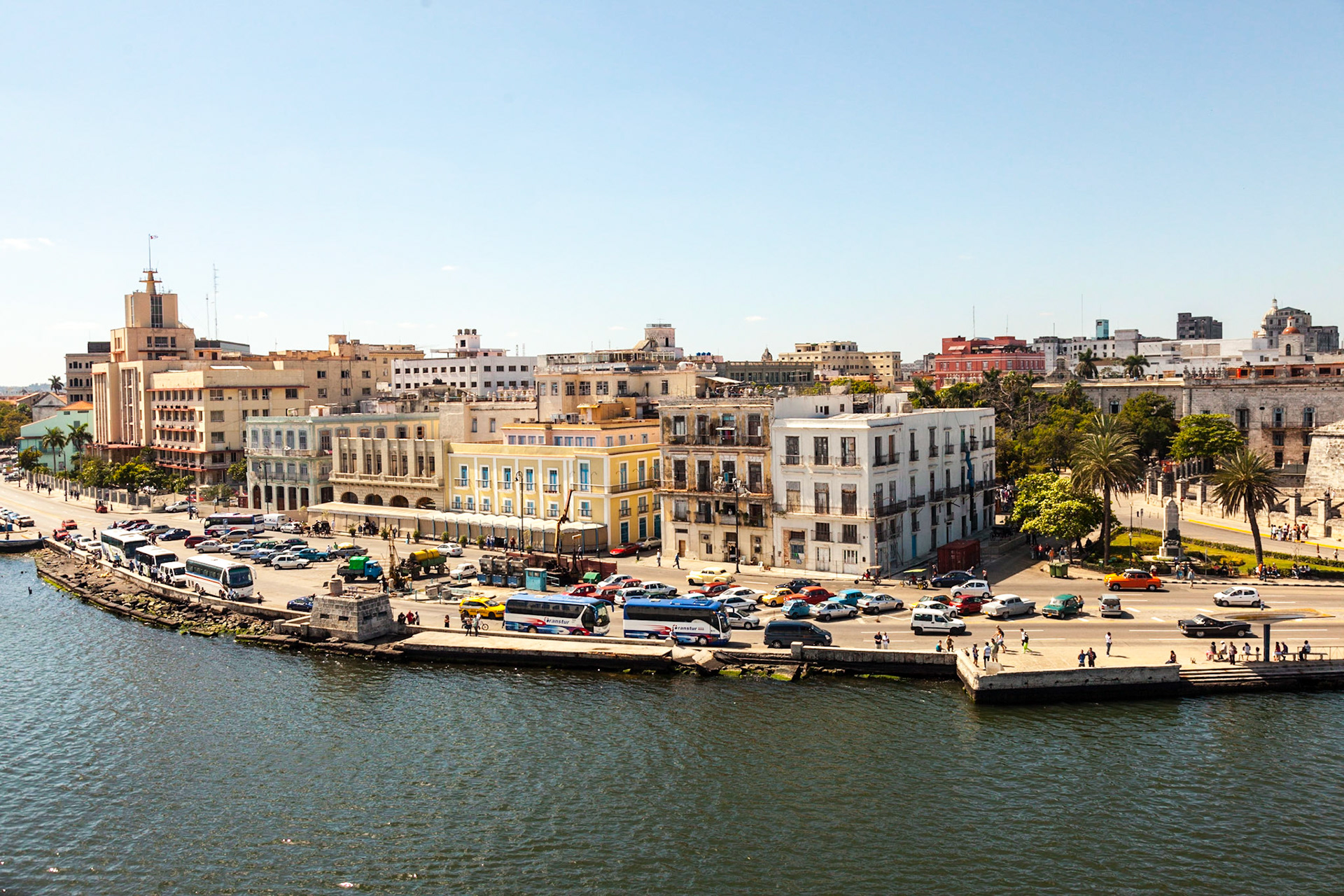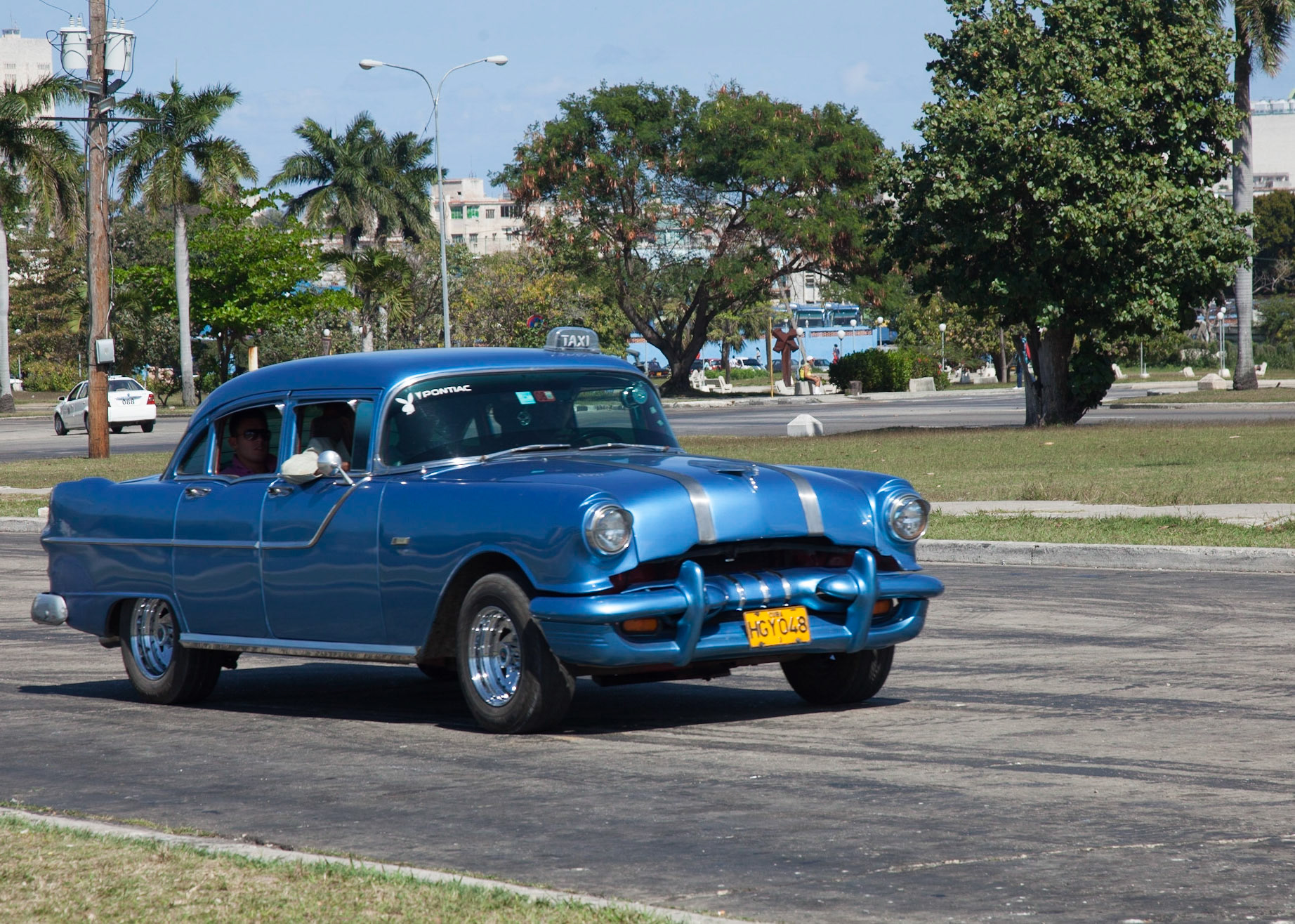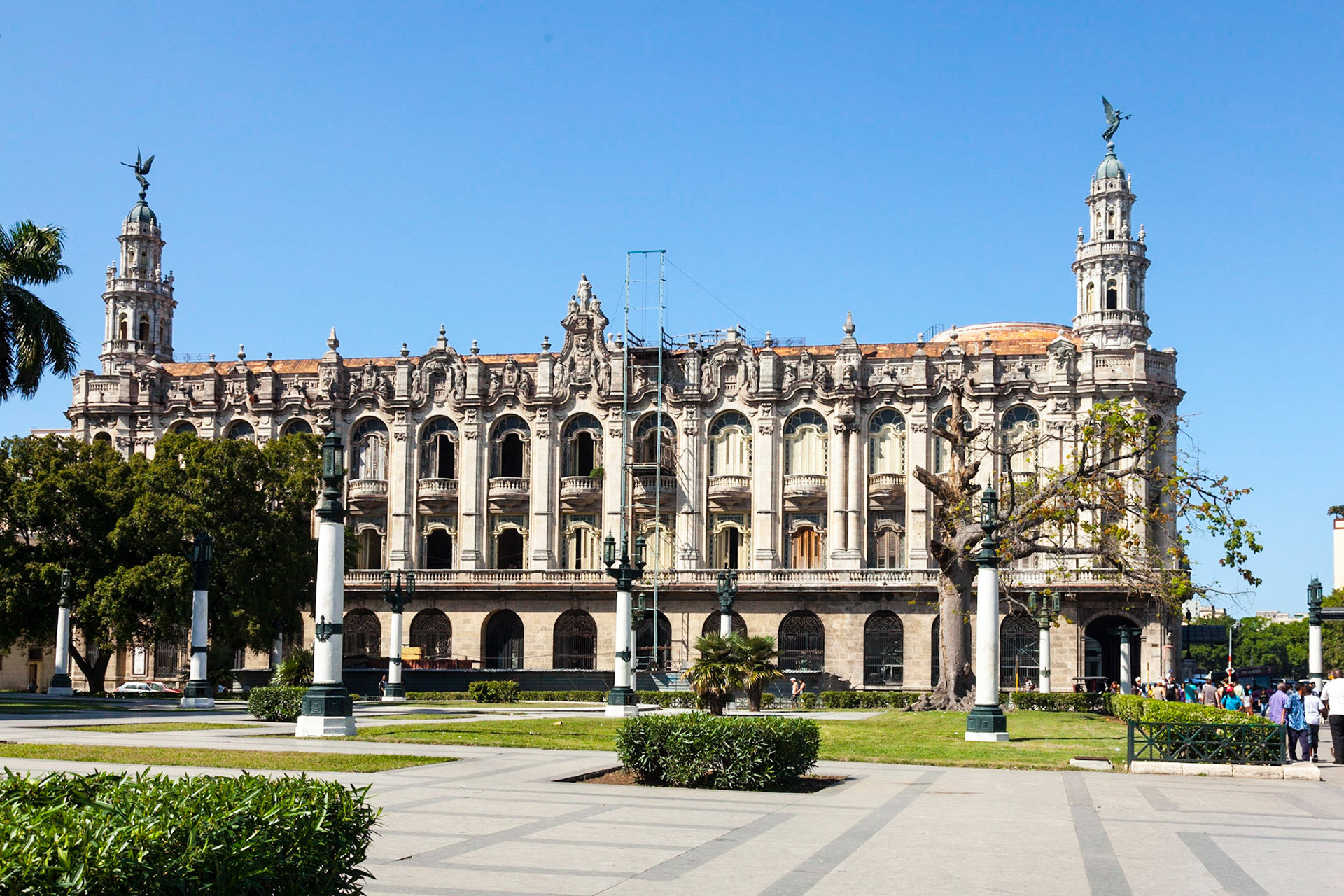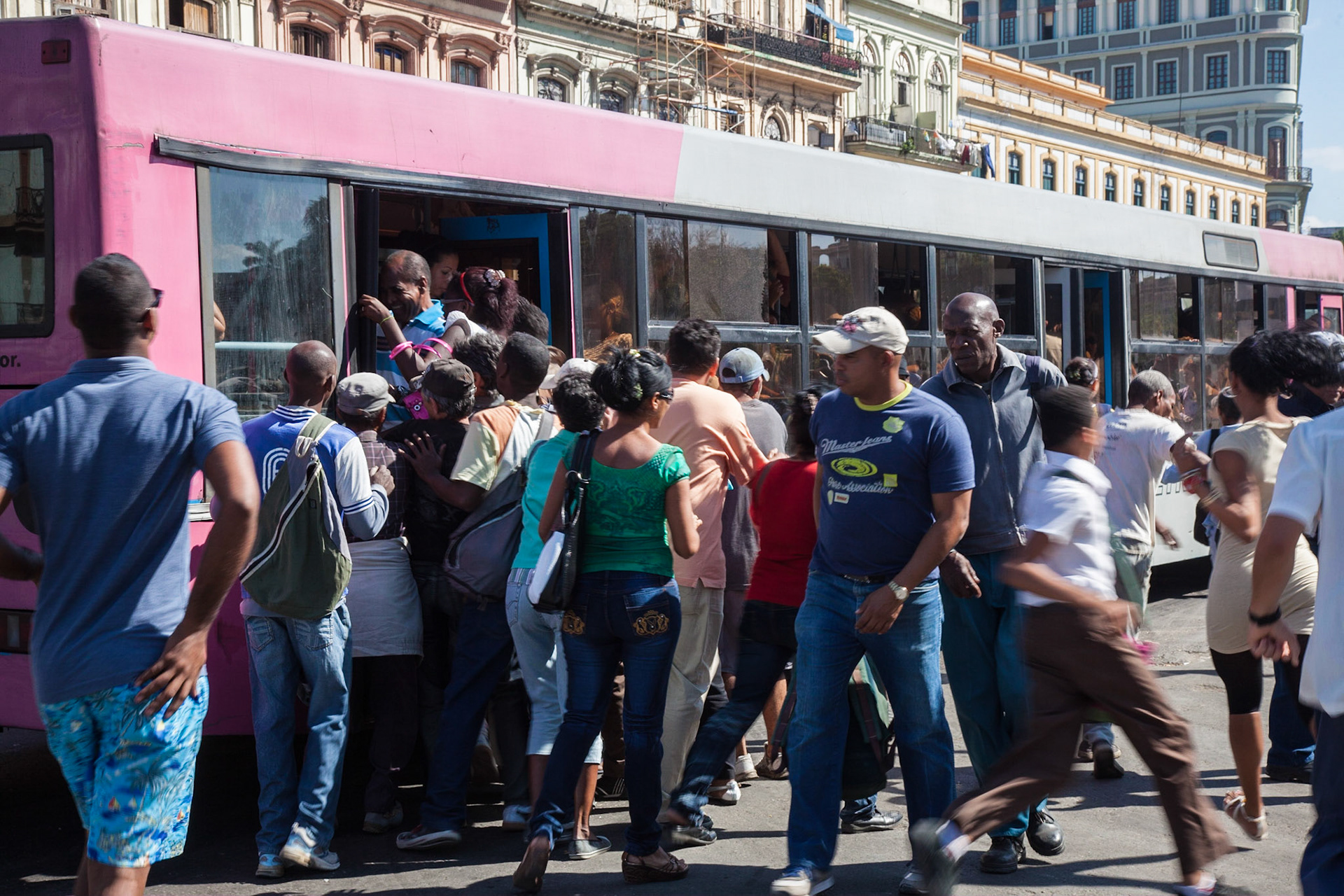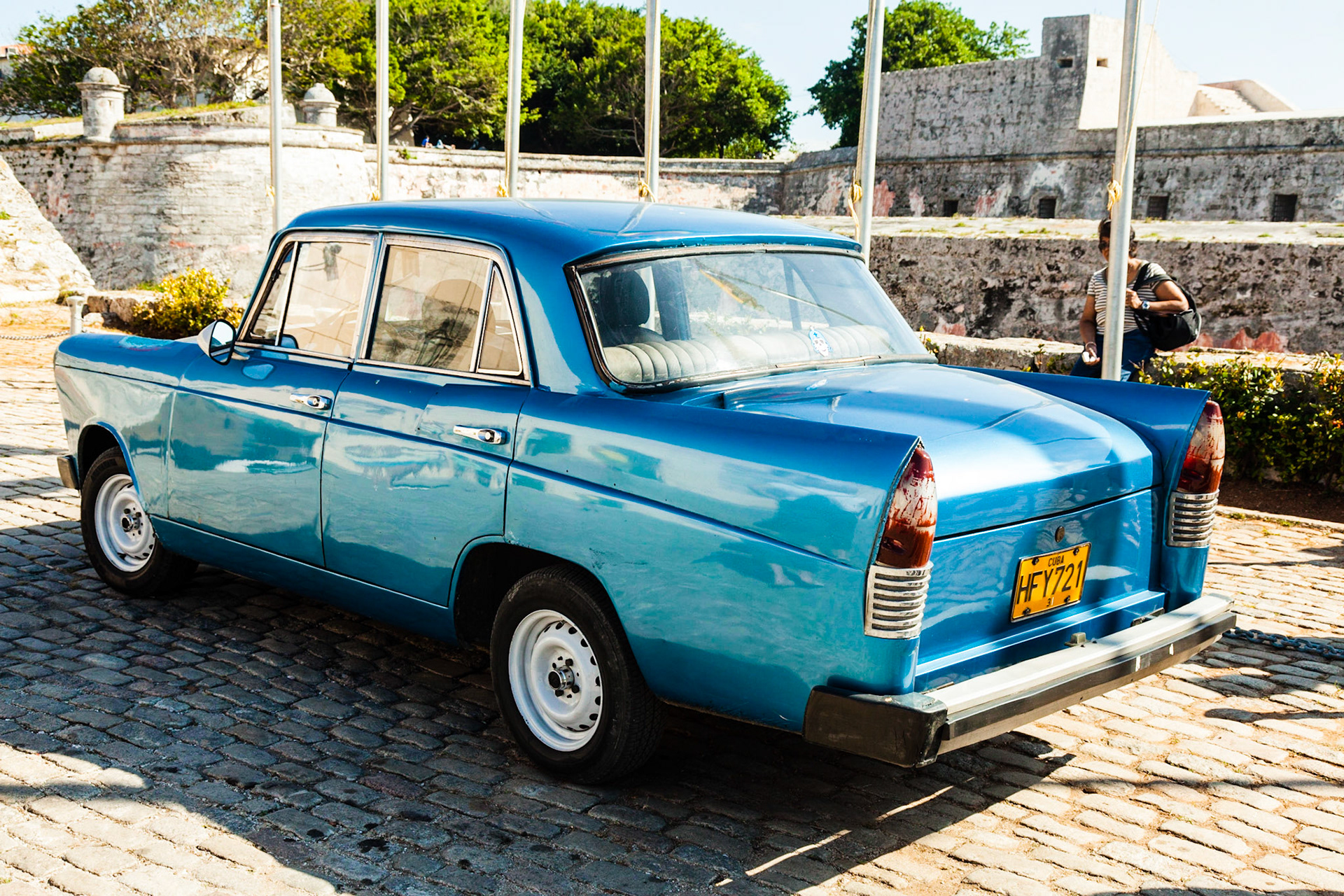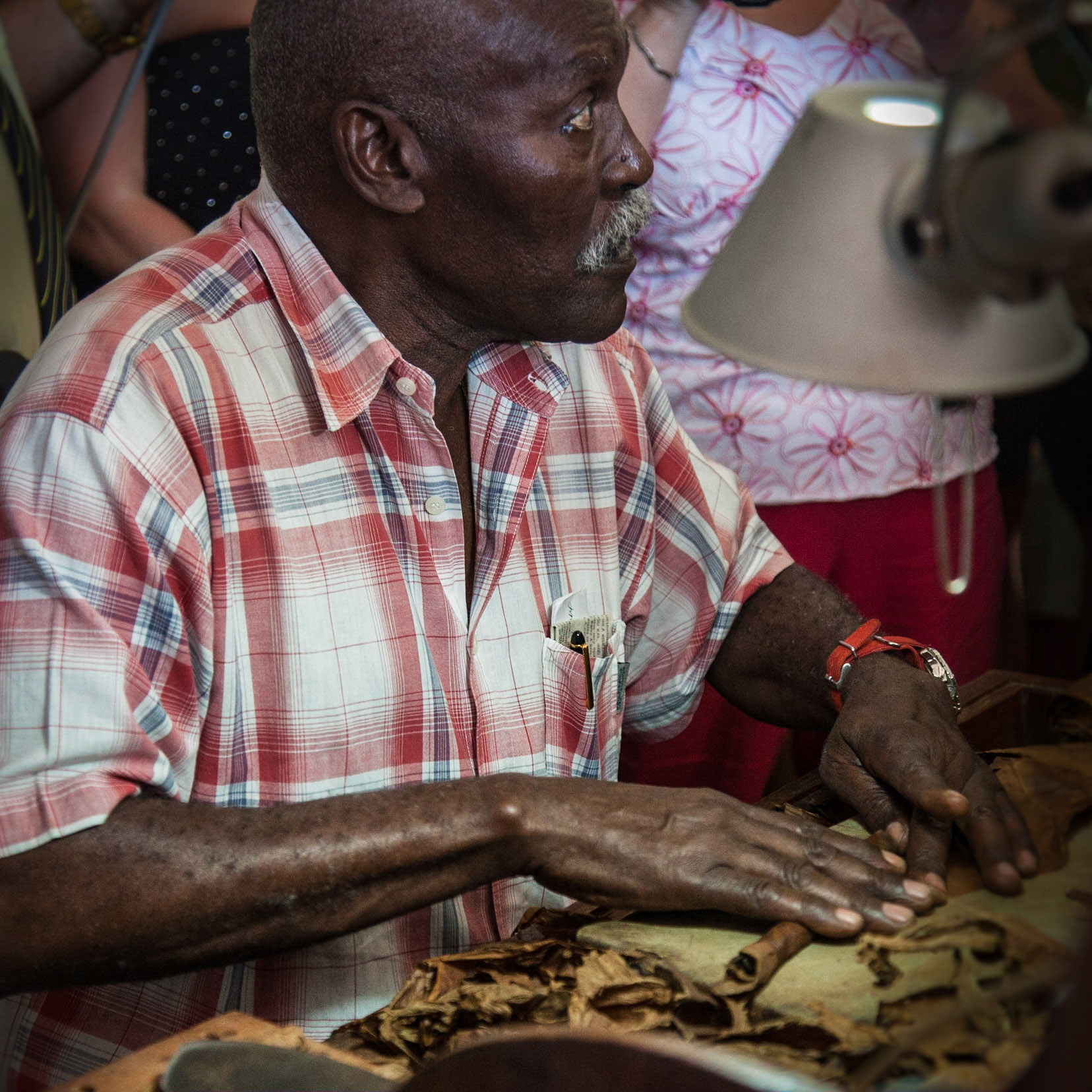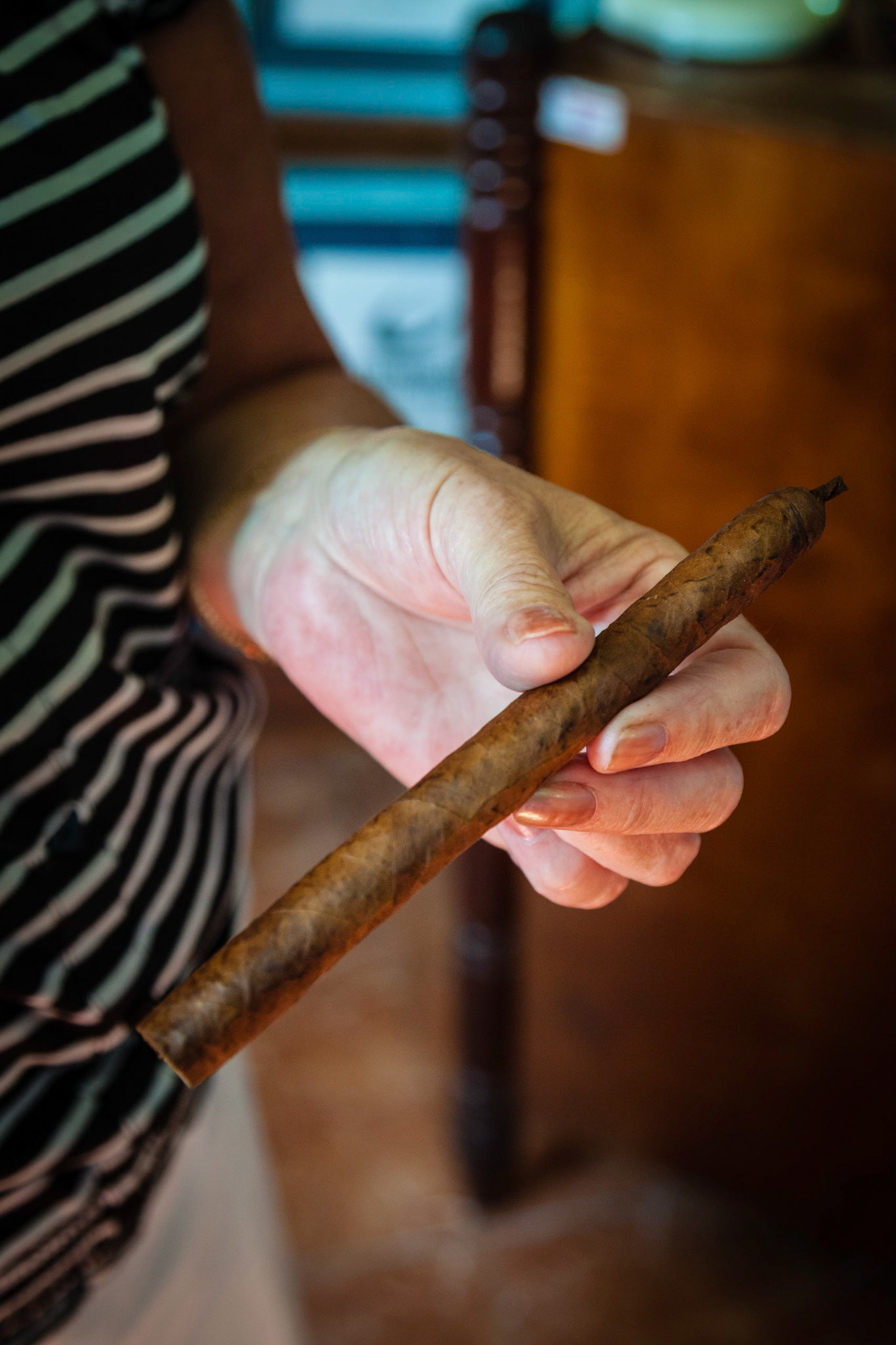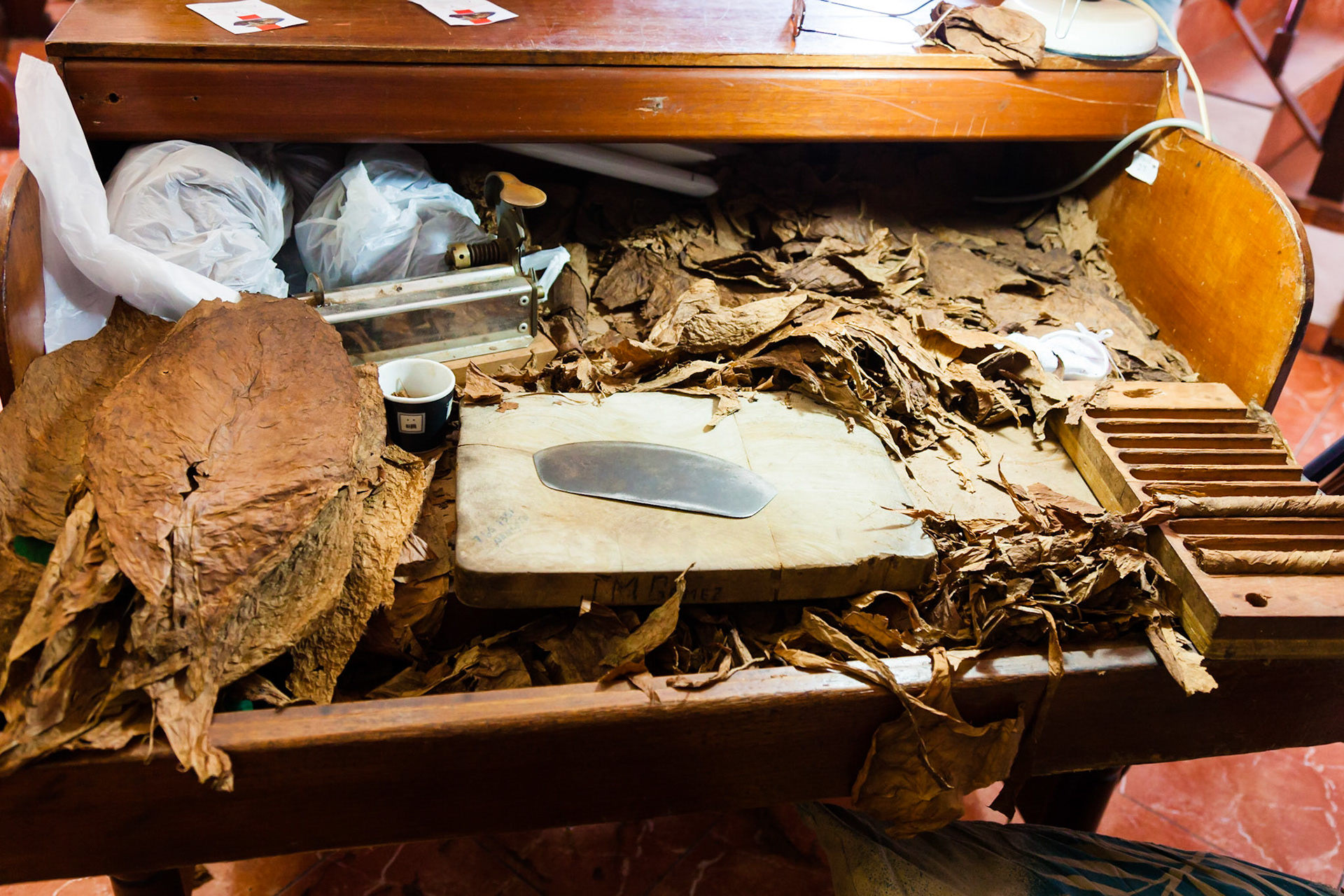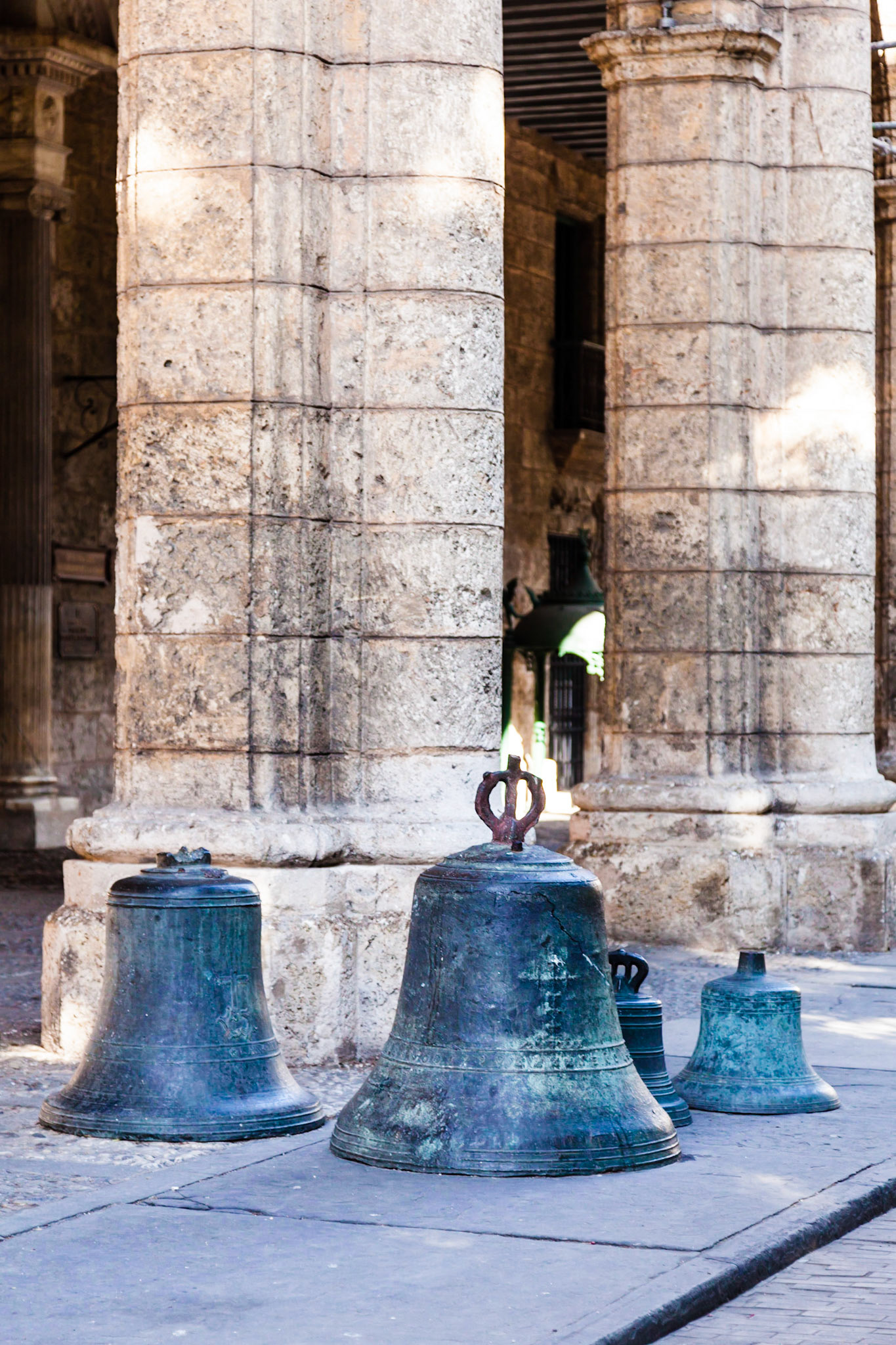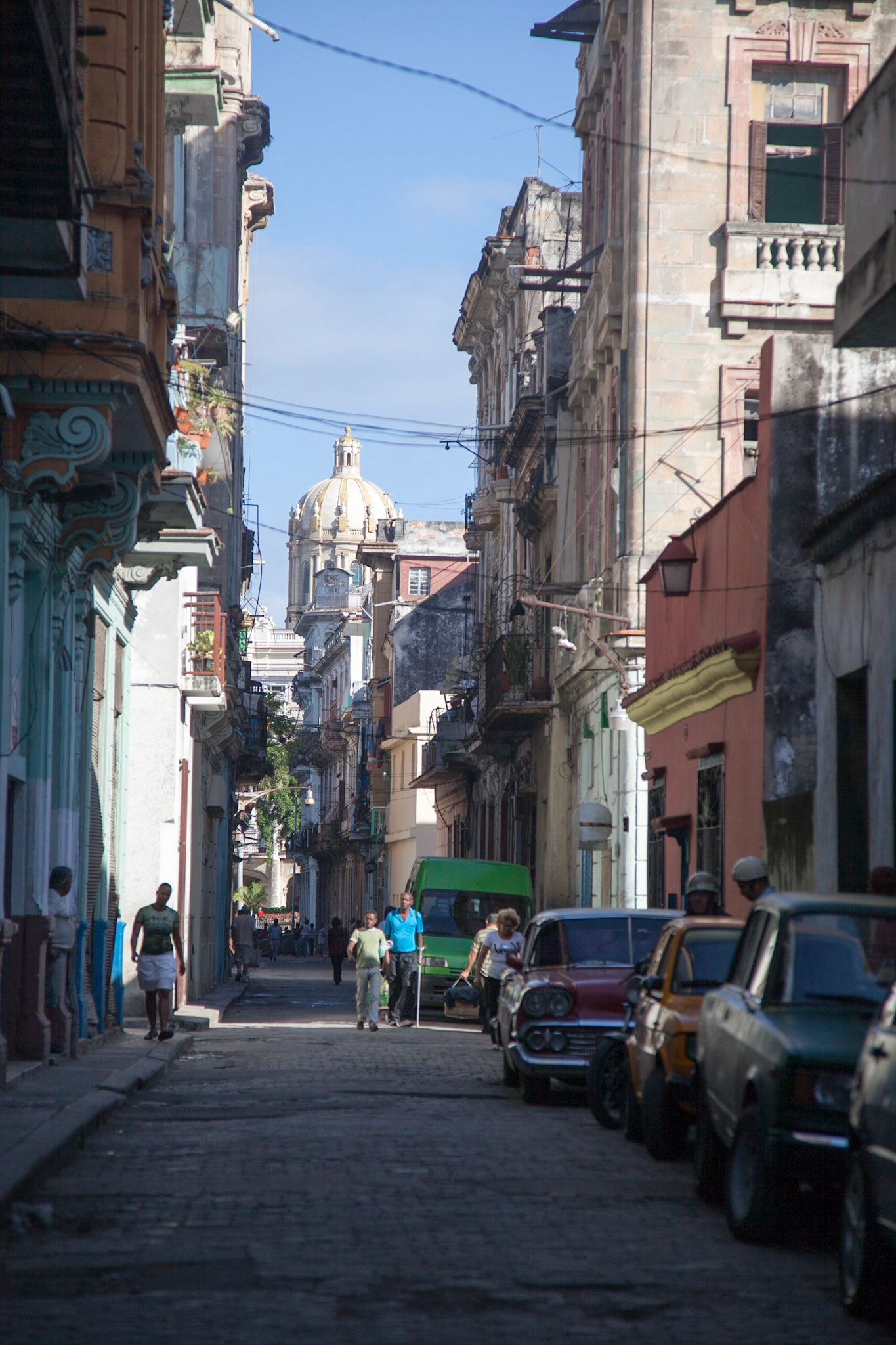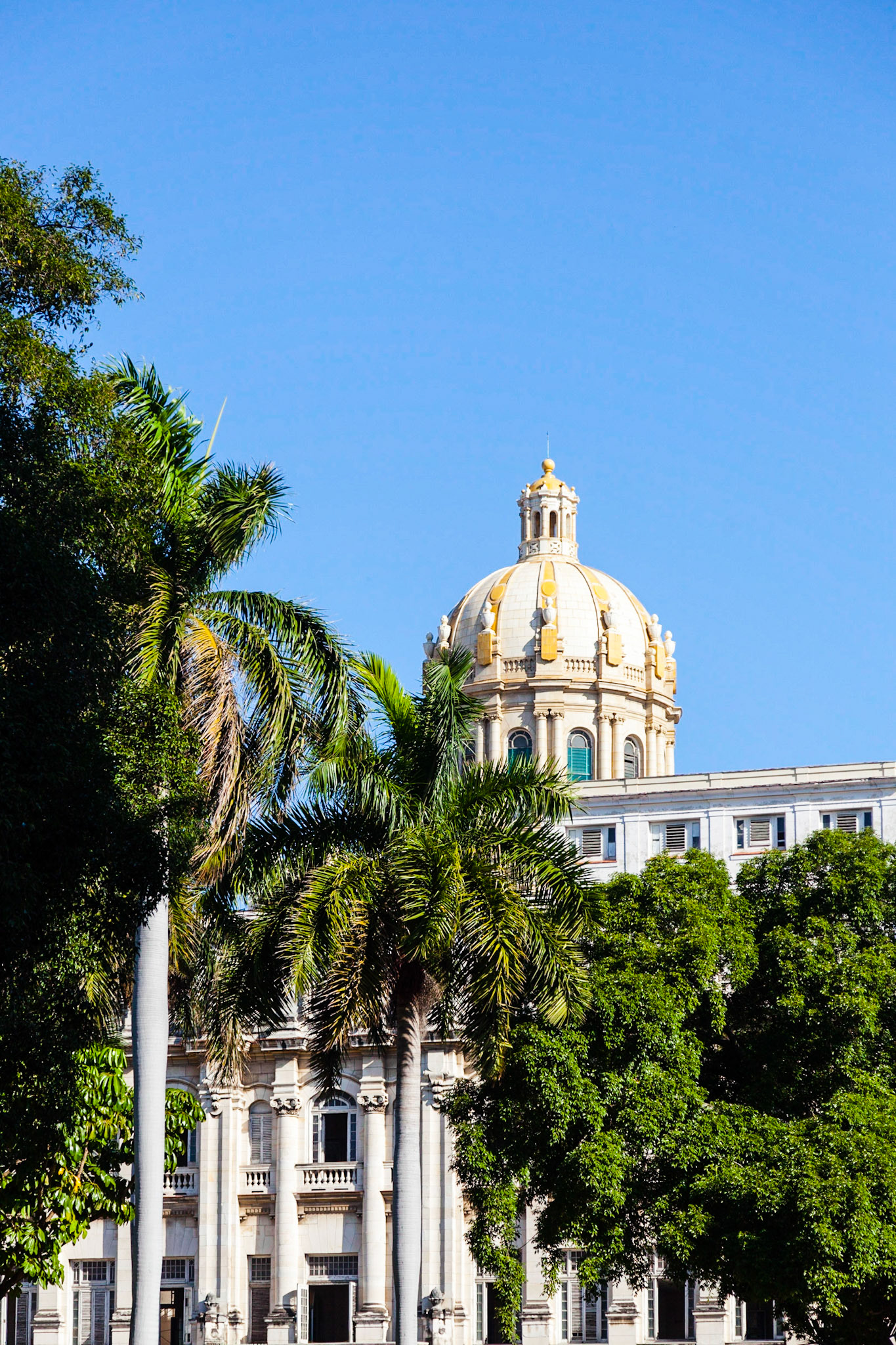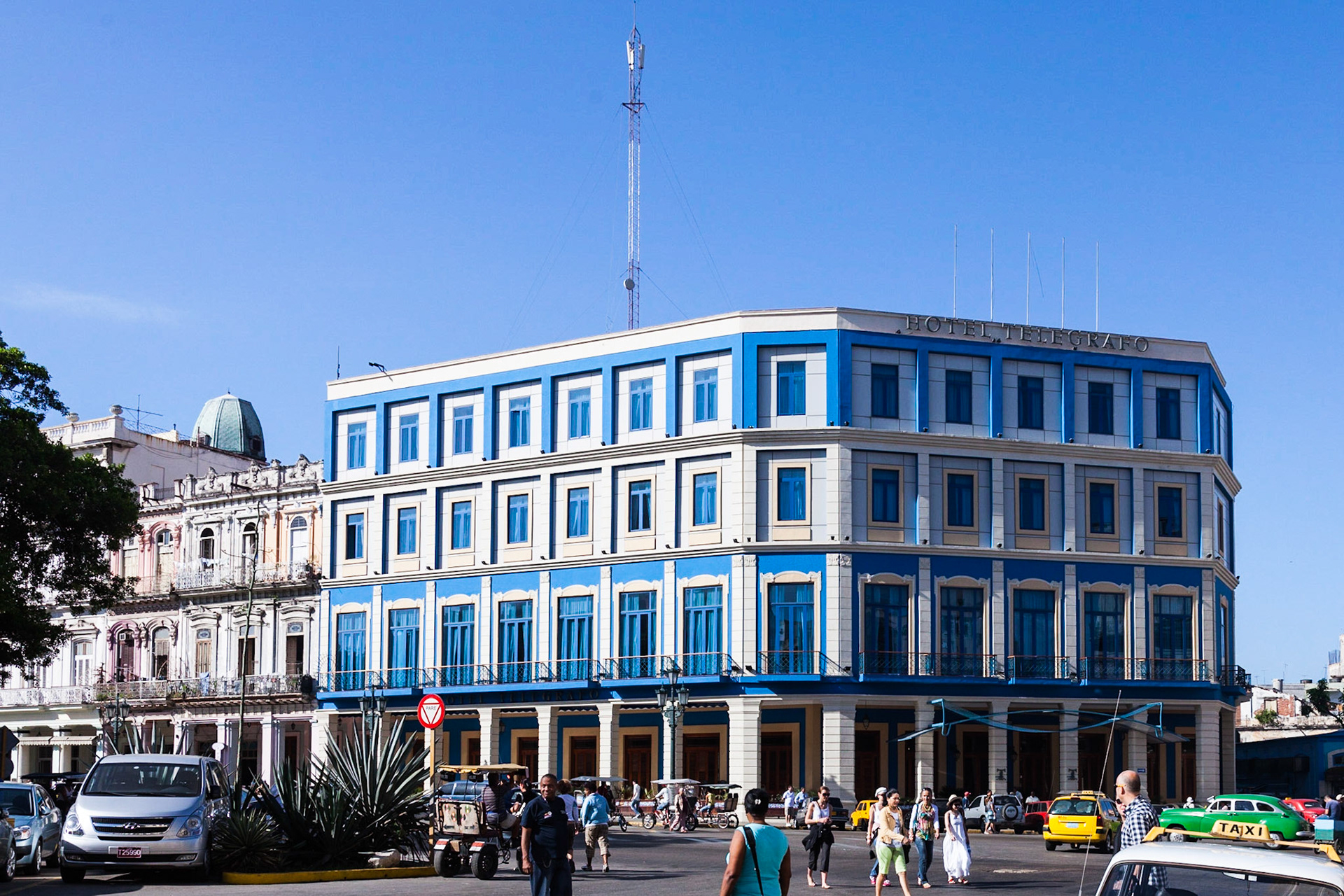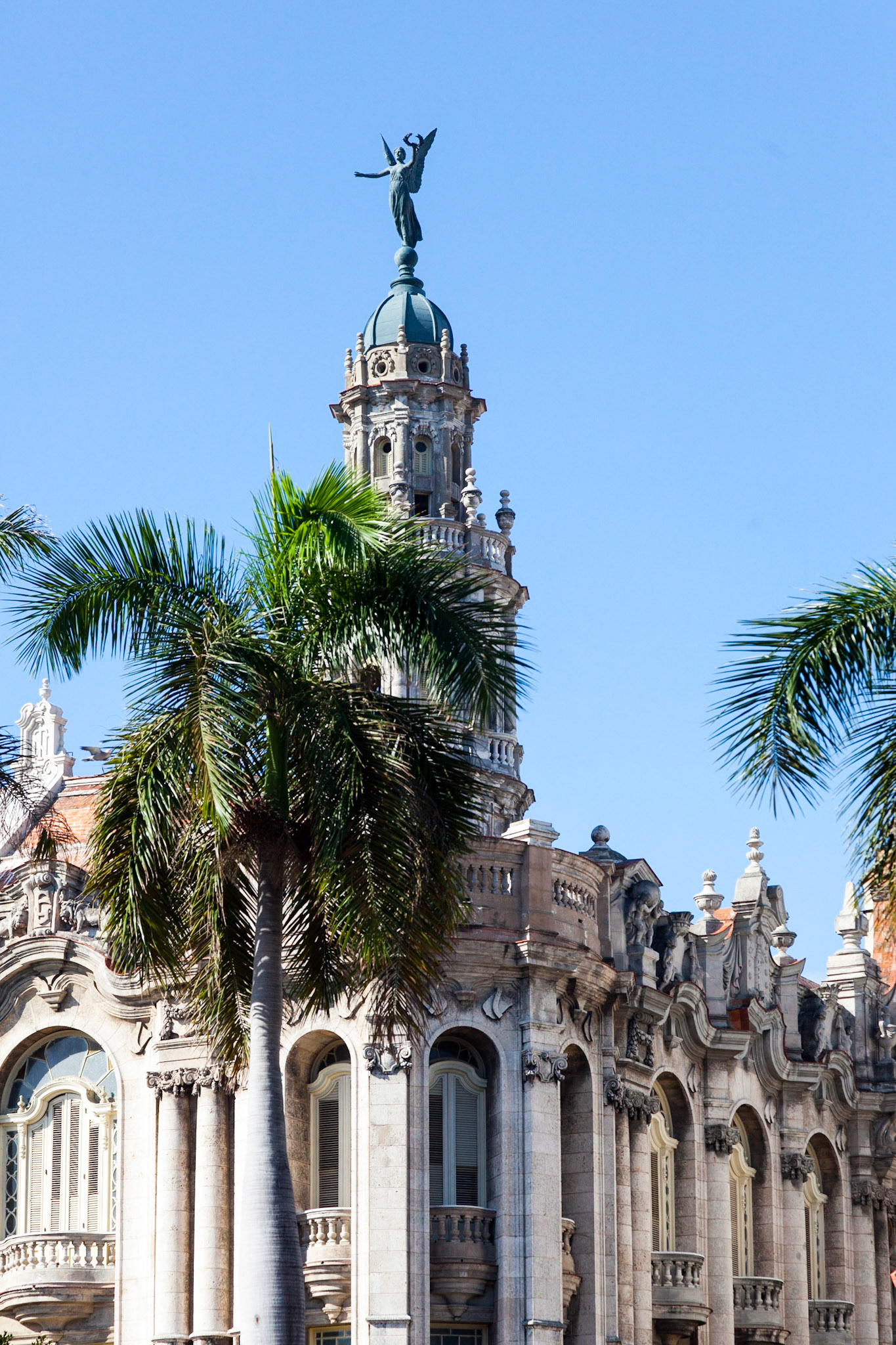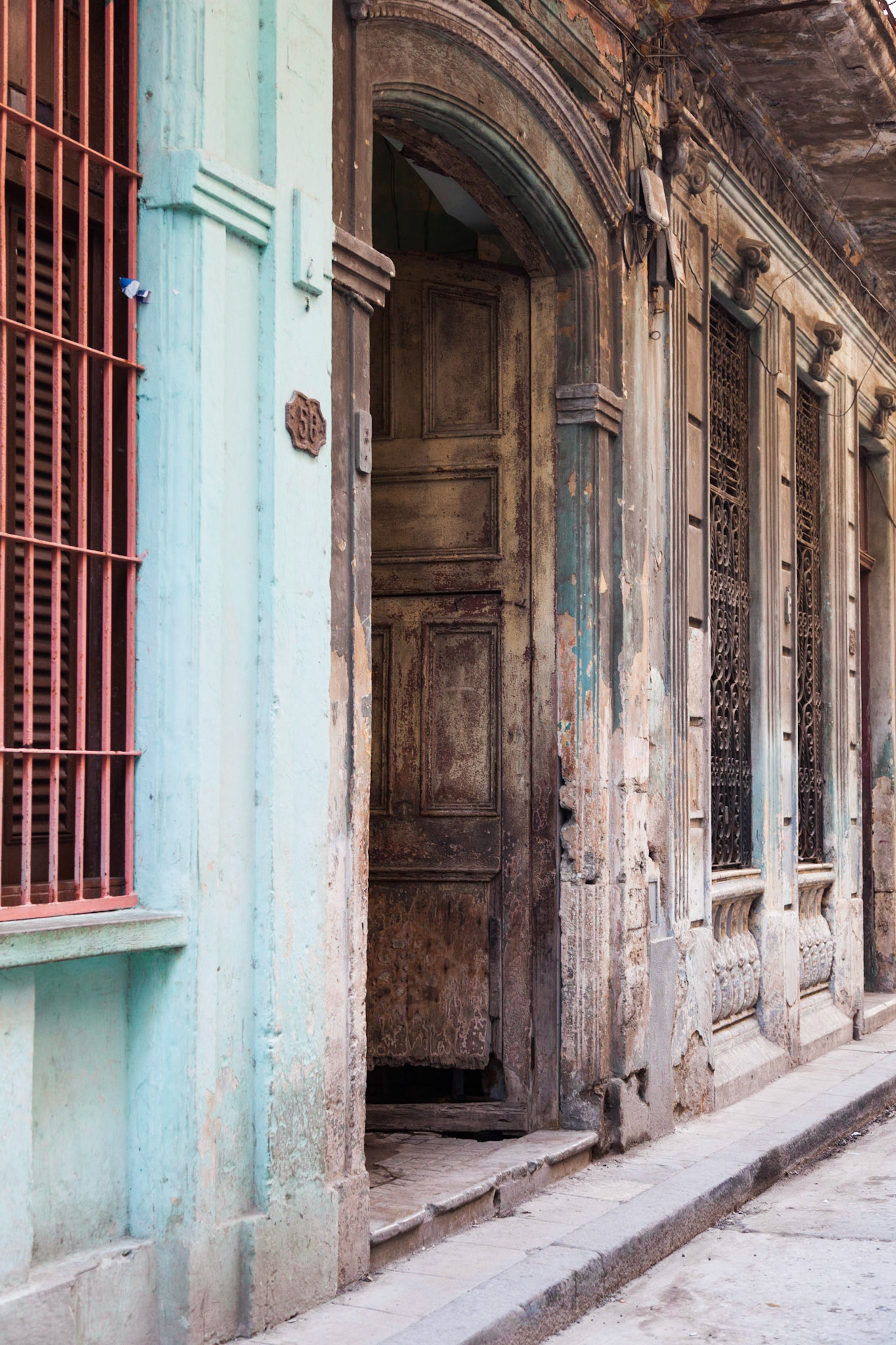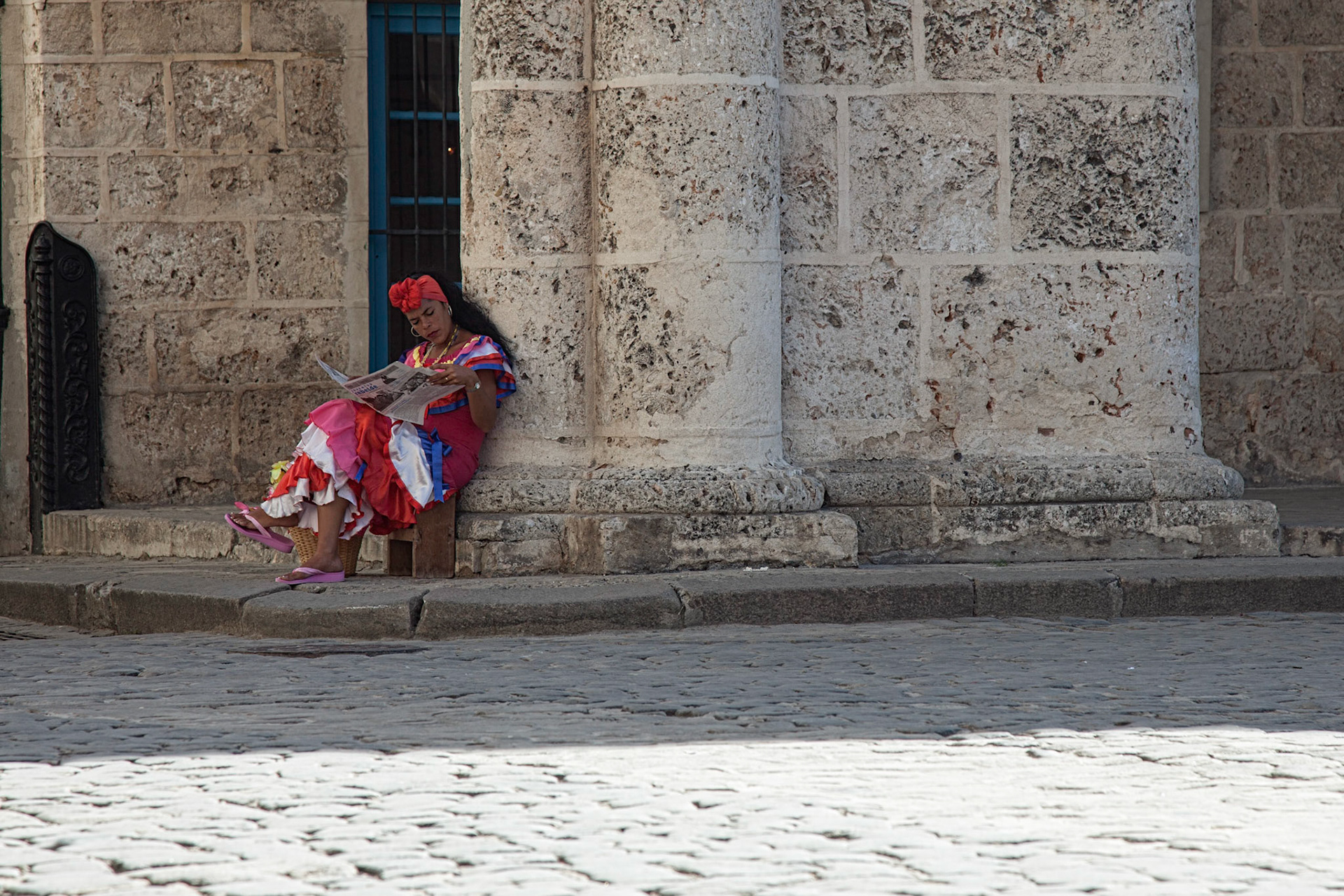
Castillo de los Tres Reyes del Morro, Cuba

Havana, Cuba’s colourful capital, is known for the Spanish colonial architecture of its 16th-century Old Havana core, including Castillo de la Real fort, now a maritime museum, and the pre-revolutionary Capitolio. 1950s American-made cars line the city’s streets and rumba groups play in the painted alley Callejón de Hamel. Salsa emanates from clubs and cabaret is still performed at the famed Tropicana.

Havana Waterfront, Cuba

Though vintage cars appear to dominate on Havana’s streets, they are actually few in number: only 60,000 cars to the island’s 11 million people. There’s not much money to buy more. Cubans are generally poor.

Gran Teatro de La Habana, Havana, Cuba. Visitors may not expect to find one of the world's largest opera houses in the middle of the Caribbean, but the magnificent Gran Teatro de La Habana is just that. For those who have the chance, attending a performance here is a memorable experience. Designed by Belgian architect, Paul Belau, the theater faces Parque Central and was built as part of a larger complex in 1915. Art aficionados will be pleasantly surprised by the beautiful baroque façade, which features four stunning sculptures created by the master, Giuseppe Moretti. Over the years, the Gran Teatro de La Habana has hosted a wide variety of performances by some of the most famous celebrities in the world. Today, the theater is home to Cuba's National Ballet and Opera.

Though vintage cars appear to dominate on Havana’s streets, they are actually few in number: only 60,000 cars to the island’s 11 million people. There’s not much money to buy more. Cubans are generally poor.

Scrambling aboard the trams in Havana

Havana, Cuba’s colourful capital, is known for the Spanish colonial architecture of its 16th-century Old Havana core, including Castillo de la Real fort, now a maritime museum, and the pre-revolutionary Capitolio. 1950s American-made cars line the city’s streets and rumba groups play in the painted alley Callejón de Hamel. Salsa emanates from clubs and cabaret is still performed at the famed Tropicana.

Though vintage cars appear to dominate on Havana’s streets, they are actually few in number: only 60,000 cars to the island’s 11 million people. There’s not much money to buy more. Cubans are generally poor.

Tradional Cigar Making, Havana, Cuba

The Finished Product, Havana, Cuba

A Typical Workdesk Of A Cuban Cigar Maker, Havana, Cuba

Havana lies on the northern coast of Cuba, south of the Florida Keys, where the Gulf of Mexico joins the Atlantic Ocean. The city extends mostly westward and southward from the bay, which is entered through a narrow inlet and which divides into three main harbours: Marimelena, Guanabacoa, and Atarés. The sluggish Almendares River traverses the city from south to north, entering the Straits of Florida a few miles west of the bay. The city has long been a popular attraction for tourists. Between 1915 and 1930, Havana hosted more tourists than any other location in the Caribbean. The influx was due in large part to Cuba's proximity to the United States, where restrictive prohibition on alcohol and other pastimes stood in stark contrast to the island's traditionally relaxed attitude to leisure pursuits.

The Cathedral of The Virgin Mary of the Immaculate Conception is one of eleven Roman Catholic cathedrals on the island of Cuba. Located in the Plaza de la Catedral, the Havana Cathedral is found in the center of Old Havana. This thirty-four by thirty-five meter rectangle church serves as the seat of the Roman Catholic Archdiocese of San Cristobal de la Habana which overlooks 7,542 square kilometers of the island and 2,821,000 Catholics. These bells were replaced with two bells that were cast with gold and silver mixed into bronze which gives them an elegant and sweeter tone.

Havana, Cuba’s colourful capital, is known for the Spanish colonial architecture of its 16th-century Old Havana core, including Castillo de la Real fort, now a maritime museum, and the pre-revolutionary Capitolio. 1950s American-made cars line the city’s streets and rumba groups play in the painted alley Callejón de Hamel. Salsa emanates from clubs and cabaret is still performed at the famed Tropicana.

Travelers to Havana who have visited Washington, D.C. may do a double take when they see beautiful El Capitolio, inaugurated in 1929. Rising from the city skyline, this grand building displays a blend of Neoclassical and Art Nouveau styles and was the seat of government until 1959, after the Cuban Revolution. But though this grand building is reminiscent of the American Capitol building, it was the Panthéon in Paris that reputedly inspired its distinctive cupola. The building is a a striking landmark for those wandering around Havana; its huge dome is visible from almost anywhere in the city.

The royal blue Hotel Telegrafo, located next to the Hotel NH Parque Central in Havana Centro, was opened in 1888 and has been renovated, featuring bold and contemporary architecture and interior design.

José Julián Martí Pérez (January 28, 1853 – May 19, 1895) is the Cuban national hero and an important figure in Latin American literature. In his short life, he was a poet, an essayist, a journalist, a revolutionary philosopher, a translator, a professor, a publisher, and a political theorist. Through his writings and political activity, he became a symbol for Cuba's bid for independence against Spain in the 19th century, and is referred to as the "Apostle of Cuban Independence." This statue was sculpted by Vilalta Saavedra in 1905.

Gran Teatro de La Habana

The Hotel Inglaterra has a beautiful neoclassical façade across Parque Central with its statue of Jose Marti. The Hotel Inglaterra is the oldest hotel in Cuba, inaugurated in 1875. The interior of the Hotel Inglaterra has an extravagant crystal chandelier, mosaic tile lobby, stained-glass windows, Spanish heraldic symbols, window grills, and intricately worked ceilings.

Cuban Architecture, Havana, Cuba

Colourful Lady Taking A Break, Havana, Cuba

Neptune looking towards Castillo de los Tres Reyes del Morro, Malecon Promenade, Havana, Cuba
